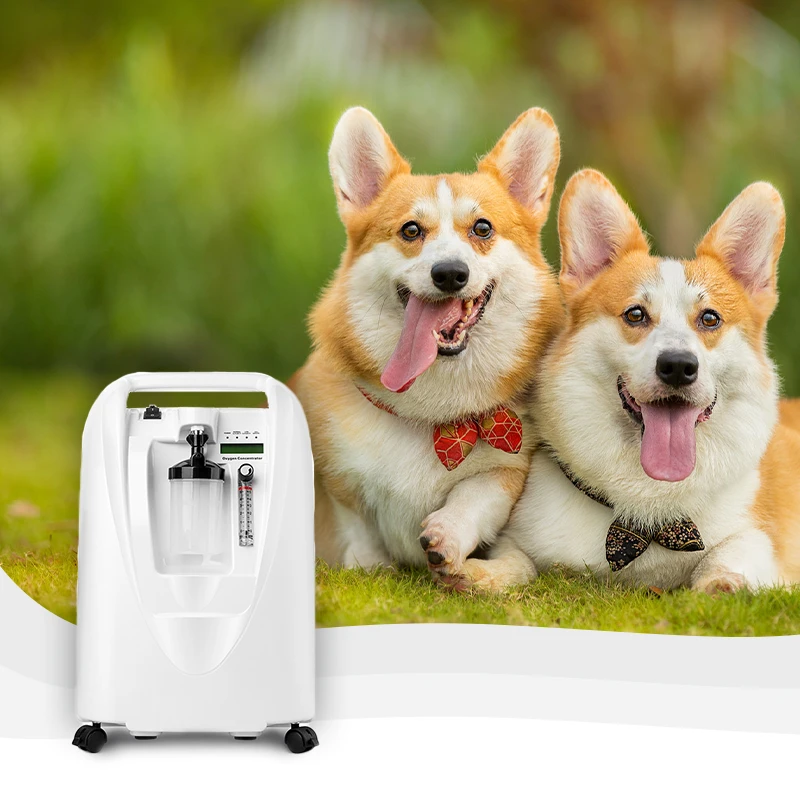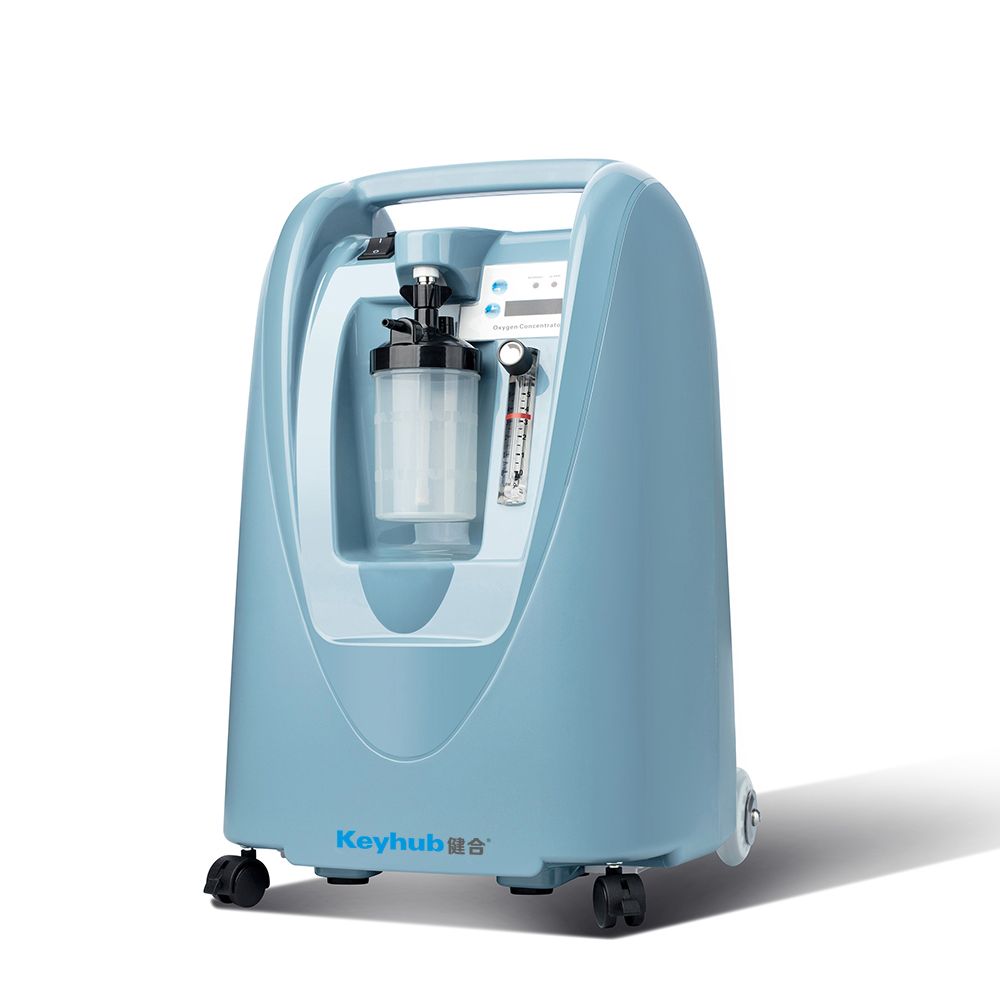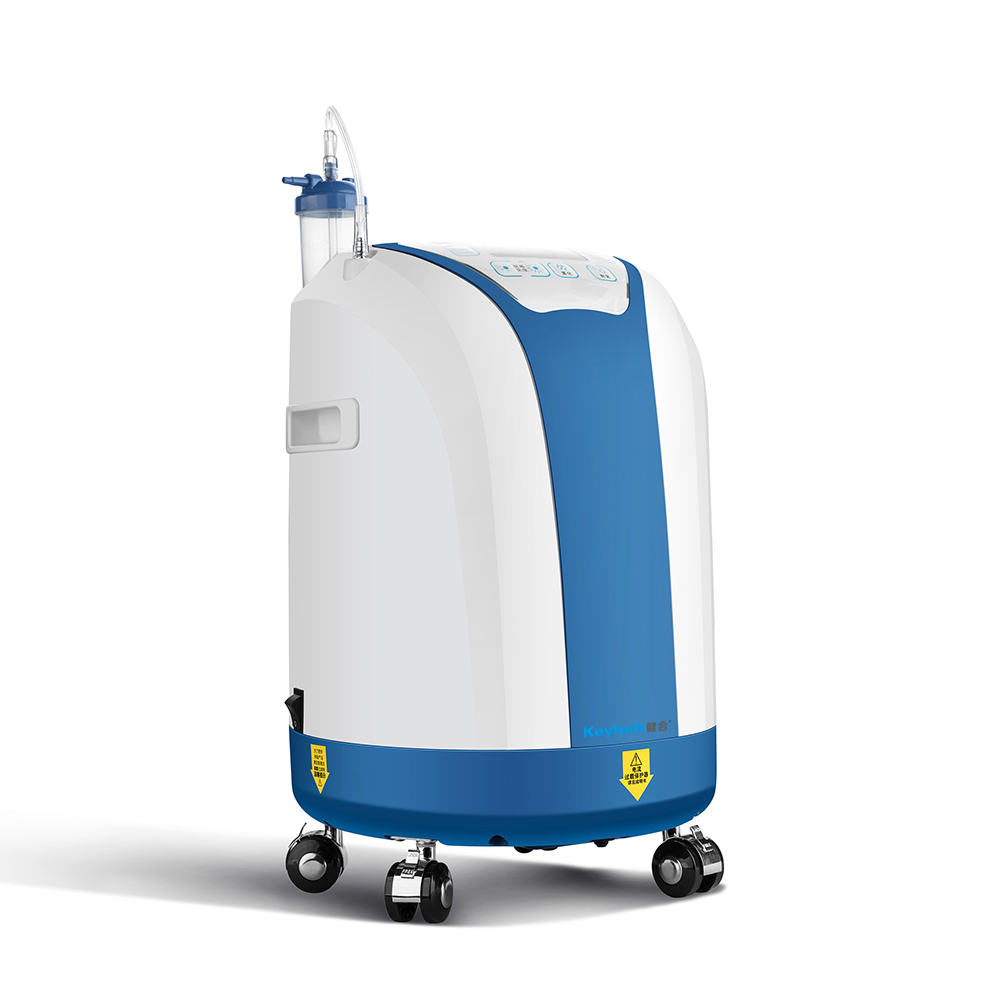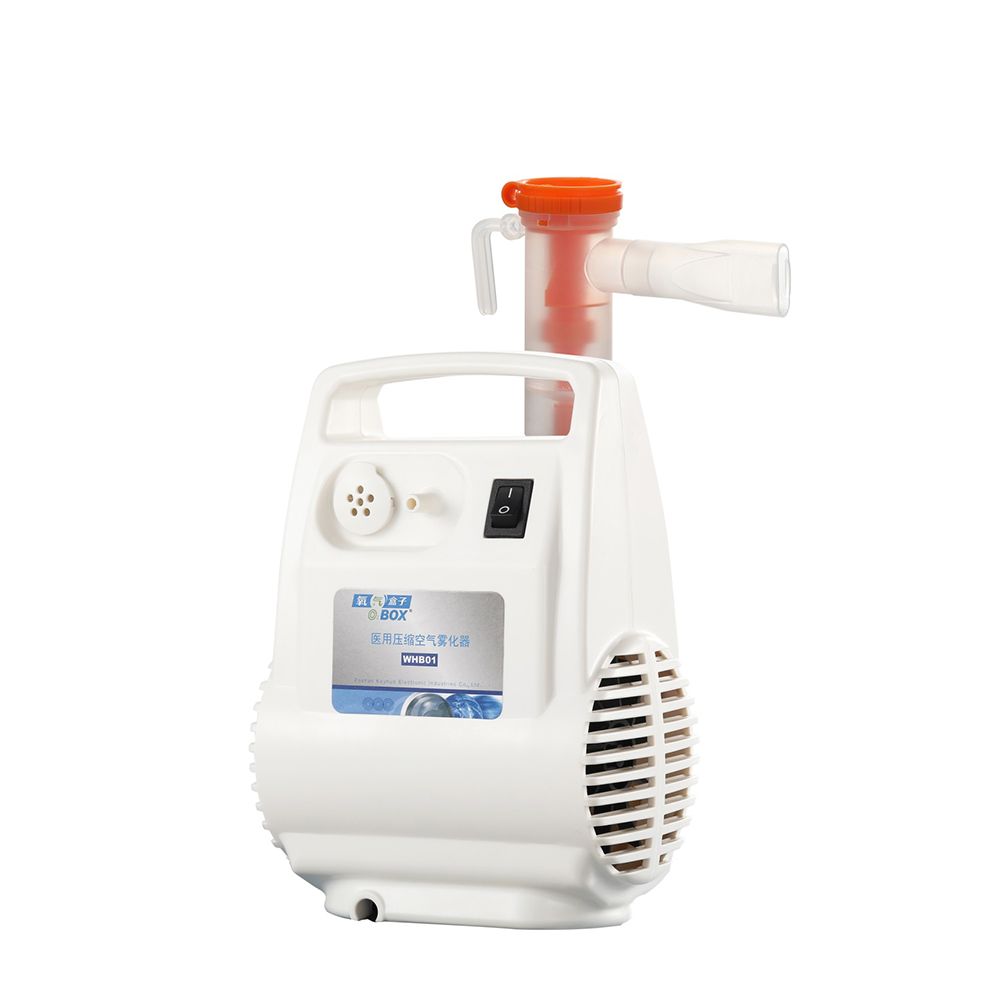Oxygen concentrators have become an increasingly popular choice for providing supplemental oxygen in veterinary practices. These devices offer a convenient and cost-effective alternative to traditional oxygen cylinders. Here are some frequently asked questions about veterinary oxygen concentrators:
What is an oxygen concentrator?
An oxygen concentrator is a medical device that extracts oxygen from the surrounding air and delivers it to the patient at higher concentrations than in ambient air. It works by taking in air from the environment, removing nitrogen and other gases, and concentrating the oxygen before delivering it through a nasal cannula or mask to the patient.
How does an oxygen concentrator work?
Oxygen concentrators use 'molecular sieve pressure swing adsorption' to separate oxygen from the air. The concentrator first uses a compressor to pull in air and filter out all dust particles and bacteria. After passing through the first filter, the compressed air travels through a column to a zeolite molecular sieve. This sieve separates molecules based on their size and shape, allowing only oxygen to pass through while nitrogen and other gases are captured.
Why is oxygen therapy important in veterinary medicine?
Oxygen therapy is critical in veterinary medicine for several reasons:
Respiratory Support: It helps animals experiencing respiratory distress, ensuring they receive adequate oxygen for cellular metabolism.
Recovery Aid: Oxygen therapy can speed up recovery from surgeries and other medical treatments by improving tissue oxygenation.
Emergency Situations: It is vital during emergencies, such as trauma or shock, where rapid oxygen delivery can stabilize patients.
What types of veterinary oxygen concentrators are available?
Veterinary oxygen concentrators come in various types, primarily categorized into:
Stationary Concentrators: These are larger units that provide a continuous flow of oxygen and are typically used in veterinary hospitals for multiple patients.
Portable Concentrators: These compact devices are designed for ease of transport, making them ideal for mobile veterinary practices or emergencies where an immediate oxygen supply is necessary.
What are the benefits of using an oxygen concentrator in a veterinary practice?
Oxygen concentrators offer several benefits for veterinary practices, including:
- Continuous supply of oxygen without the need for refilling cylinders
- Cost savings by eliminating the recurring costs associated with oxygen cylinder refills
- Improved efficiency and patient care by providing a reliable oxygen source
- Reduced storage requirements compared to oxygen cylinders
- Environmentally friendly by reducing the carbon footprint associated with oxygen delivery
What size oxygen concentrator do I need for my veterinary practice?
The size of the oxygen concentrator you need depends on the size of your practice and the range of procedures performed. Larger practices or those performing procedures that require higher oxygen flow rates may benefit from a 10 LPM (liters per minute) model. Smaller practices or those using oxygen primarily for anesthesia support may find a 5 LPM model sufficient.
Are oxygen concentrators difficult to use?
No, oxygen concentrators are designed to be user-friendly and easy to operate. They typically have intuitive controls and large LED screens that make setting up and monitoring the device simple. With minimal maintenance required, such as changing filters, oxygen concentrators are a low-maintenance solution for veterinary practices.
Are there any maintenance requirements for veterinary oxygen concentrators?
Yes, regular maintenance is essential to ensure optimal performance:
Filter Changes: Filters should be replaced periodically to maintain air quality and efficiency.
Cleaning: The exterior and internal components should be cleaned according to the manufacturer's guidelines to prevent contamination.
Performance Checks: Regularly monitor the device's performance to ensure it is delivering the correct oxygen concentration and flow rate.
What are the latest trends in veterinary oxygen technology?
Recent advancements in veterinary oxygen technology include:
Portable Oxygen Concentrators: These devices are gaining popularity due to their flexibility and ease of transport, making them ideal for mobile veterinary practices.
Integration with Telemedicine: Some modern concentrators can connect with telemedicine applications, allowing for remote monitoring of patients' oxygen levels and overall health.
Improved Monitoring Systems: Newer models offer advanced monitoring capabilities, enabling veterinarians to track vital parameters in real time, enhancing patient care.
Conclusion
Veterinary oxygen concentrators play a crucial role in enhancing the quality of care for animals. By understanding their functionality, benefits, and maintenance requirements, veterinary professionals can make informed decisions that ultimately improve patient outcomes and operational efficiency in their practices.







